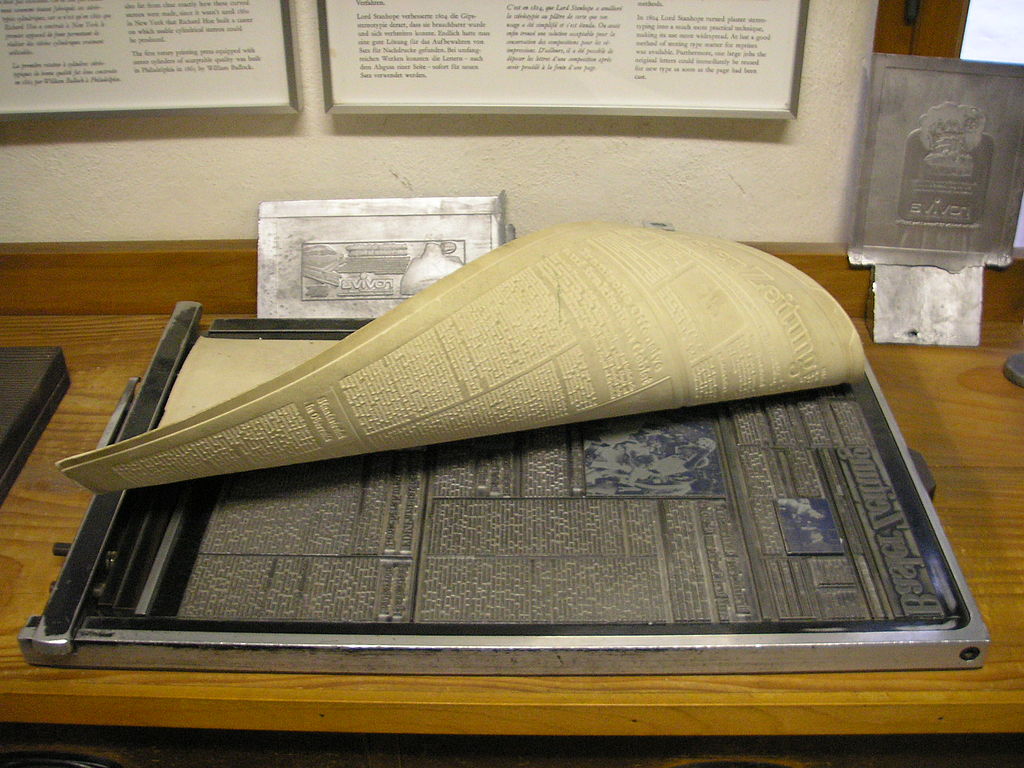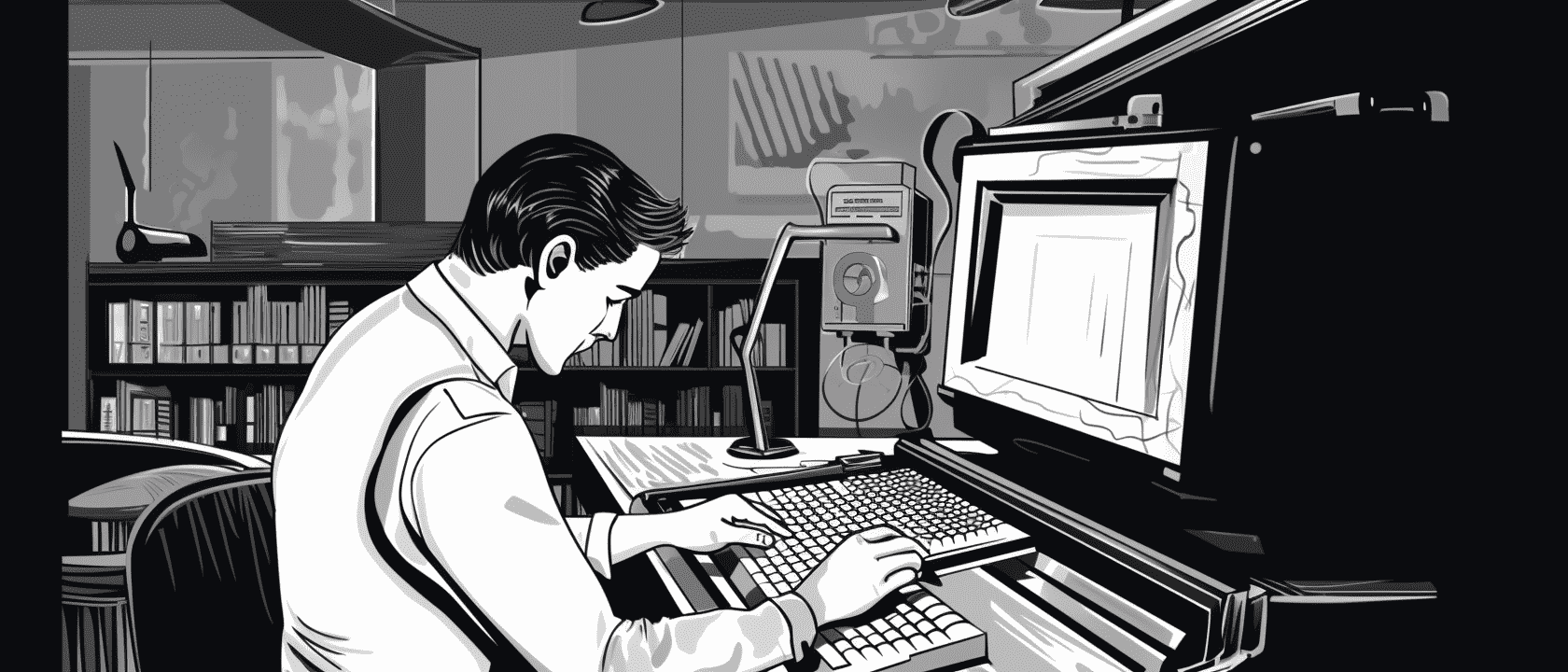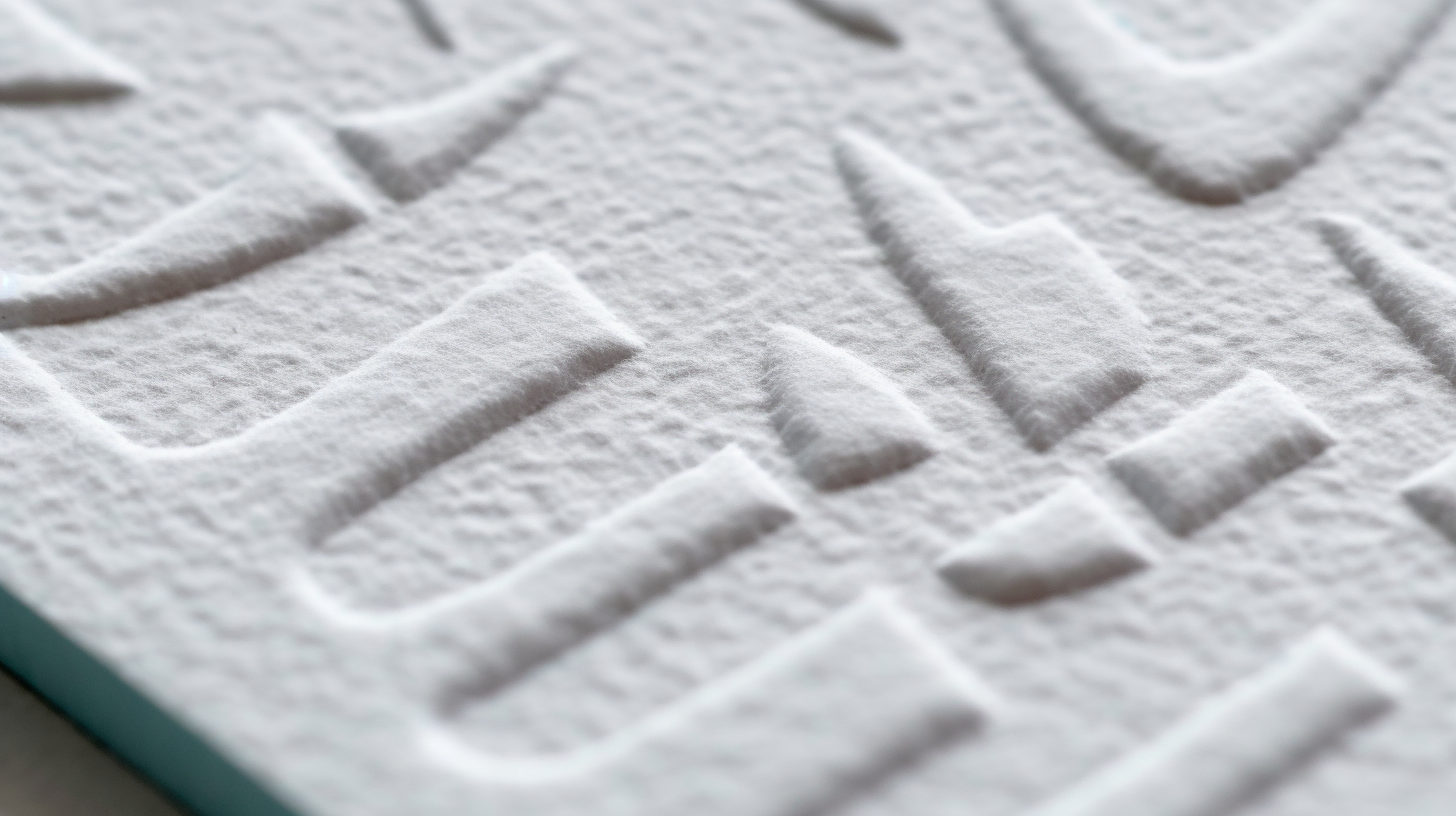All About Letterpress Printing
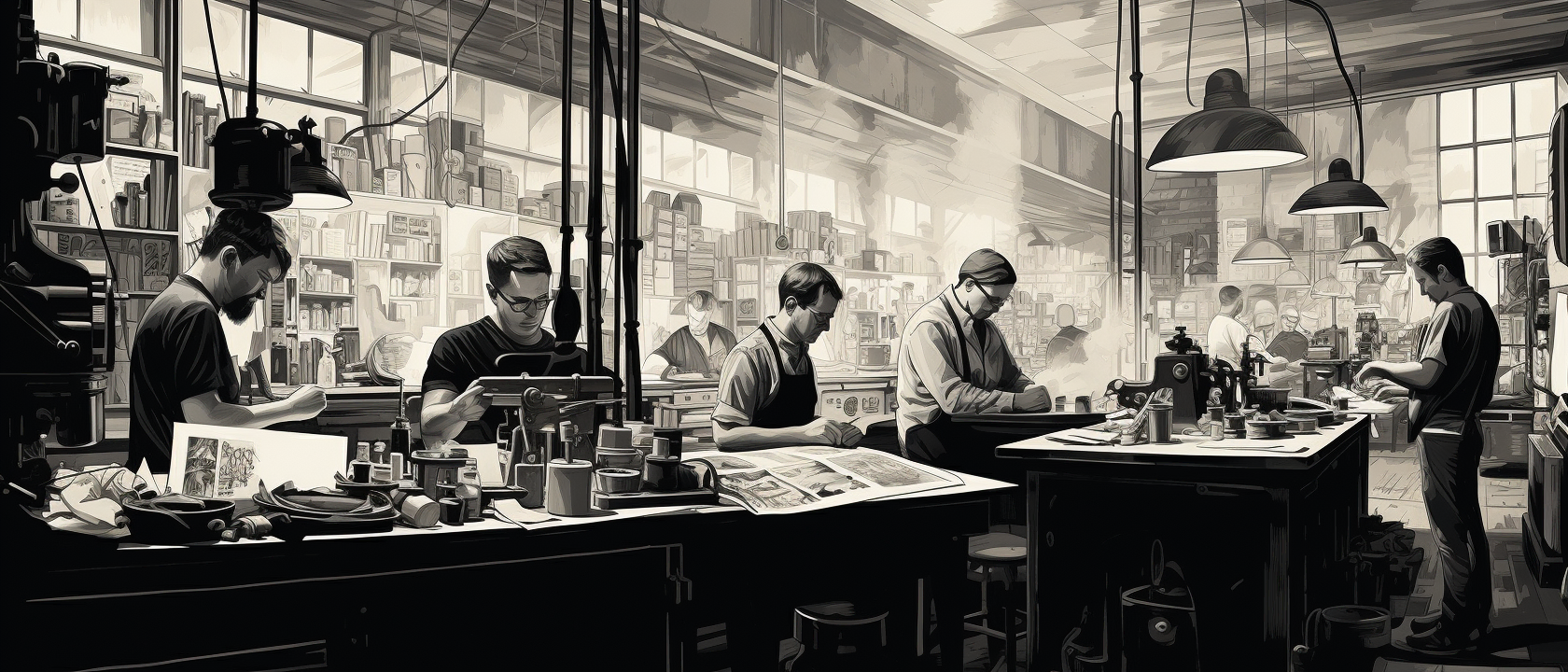
Table of Contents
Letterpress

Letterpress is a technique of relief printing that involves the repeated direct impression of an inked, raised surface against individual sheets of paper or a continuous roll of paper. This method has been used for producing multiple copies of printed materials throughout history. In letterpress printing, a worker composes and locks movable type into the "bed" or "chase" of a press, inks it, and presses paper against it to transfer the ink from the type, creating an impression on the paper.
History
Main articles: Movable type, Printing press, Spread of the printing press, and Typography

Letterpress printing has a rich historical background. It was the dominant form of printing text from the mid-15th century, when it was invented by Johannes Gutenberg, until the 19th century.
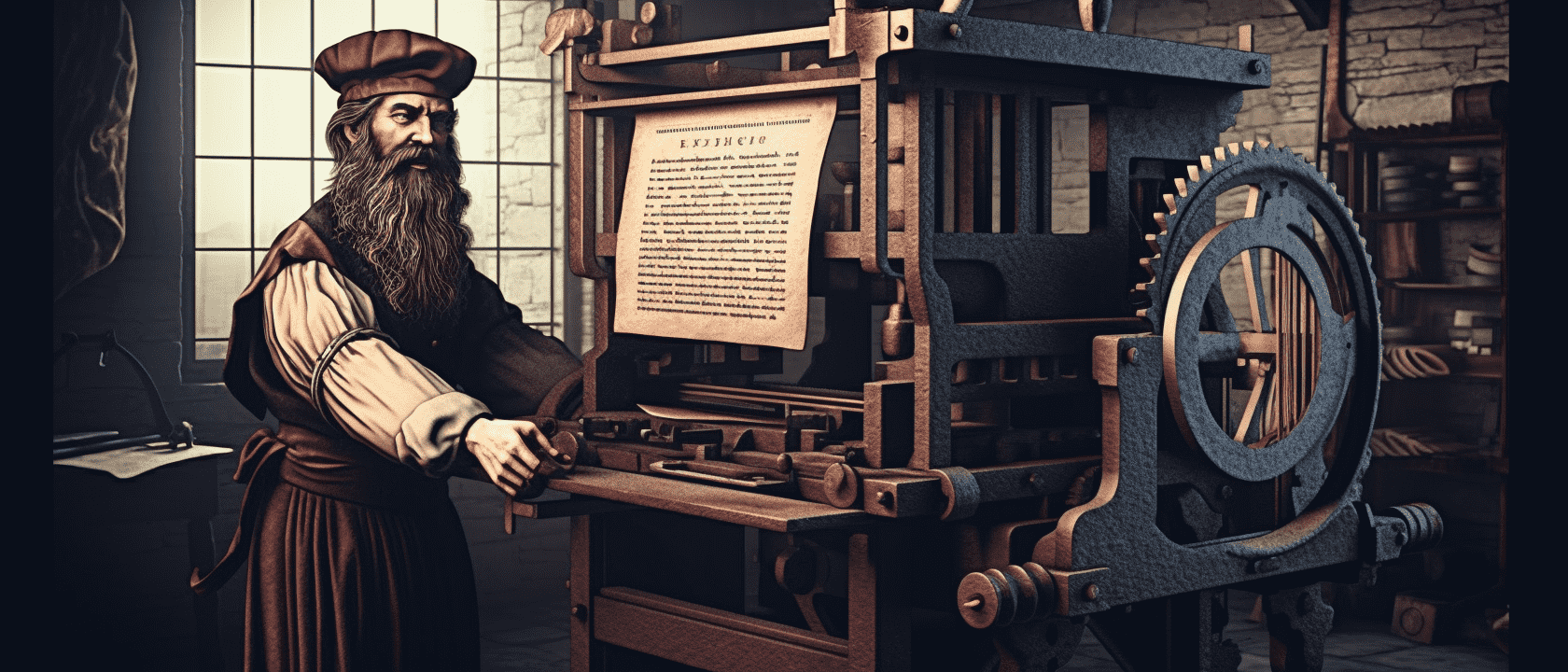
Gutenberg's invention of movable type printing revolutionized the spread of knowledge and played a crucial role in the dissemination of ideas during the Renaissance and beyond.
His wooden printing press, based on the design of a wine press, was used to print the famous Gutenberg Bible, a monumental work that took almost three years to complete. With the introduction of metal presses and other advancements, letterpress printing became widespread across Europe and North America.
Machines Used in Letterpress Printing
Various machines and tools are essential for letterpress printing. Here are some notable examples:
Platen Press: A platen press is a common type of letterpress printing press. It consists of a flat plate or platen that presses against the paper to transfer the inked impression. The platen can be operated manually or powered by a motor, and it provides even pressure for consistent printing.

Cylinder Press: In a cylinder press, the type is mounted on a cylinder that rotates and makes contact with the paper as it passes through. This type of press is suitable for high-speed printing and is often used for large-scale commercial printing.

Proof Press: A proof press is a smaller press used for testing and proofing purposes. It allows the printer to examine the printed results before running a full production run. Proof presses are commonly used by artists and small-scale printers.
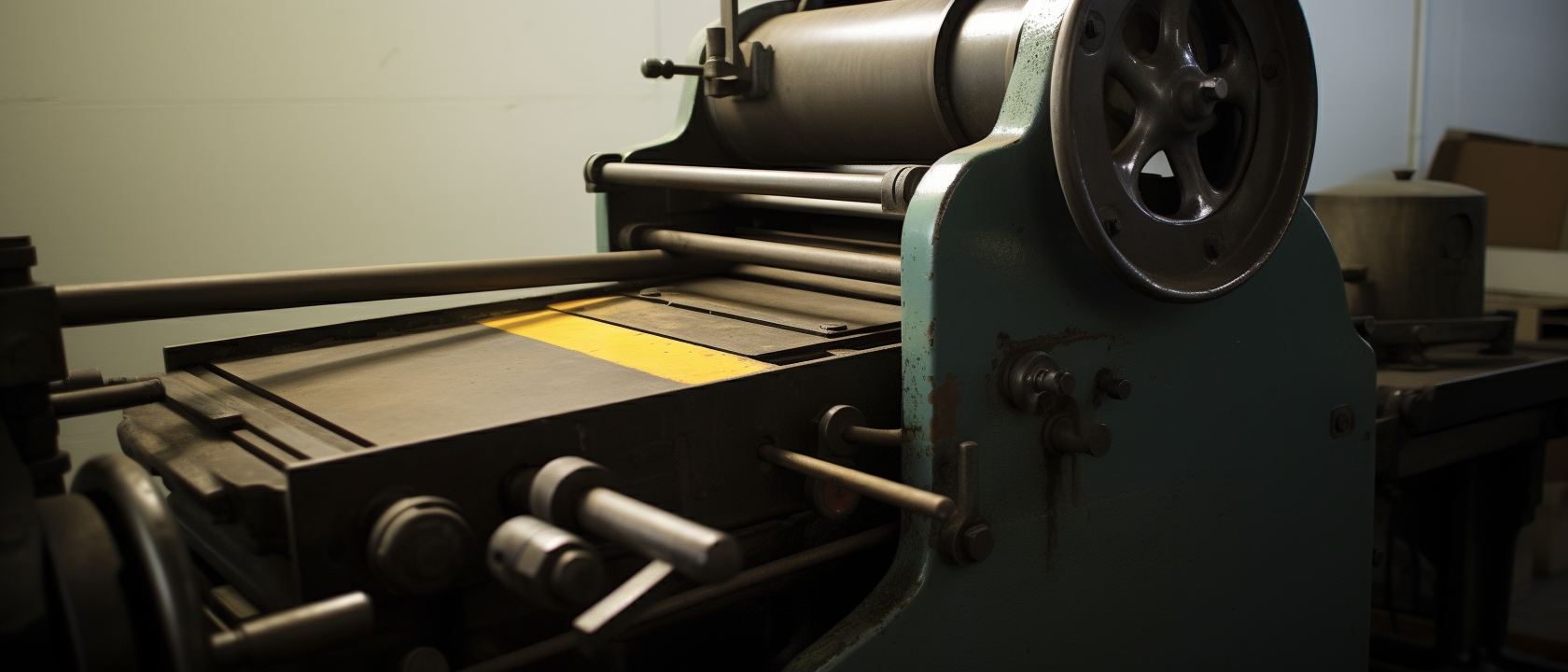
Techniques and Materials
Letterpress printing involves more than just movable type. Here are some additional techniques and materials associated with the process:
Wood Engravings: Wood engravings are intricate illustrations carved into wooden blocks. These blocks can be inked and printed alongside the type to enhance the visual appeal of printed materials.
Photo-Etched Zinc Plates: Photo-etched zinc plates, also known as "cuts," are used to incorporate photographic elements into letterpress printing. These plates are created through a process of chemical etching and can reproduce detailed images.
Linoleum Blocks: Linoleum blocks are often used alongside metal type in letterpress printing. They are carved with designs or patterns and can be inked and printed like any other printing element.
Stereotypes and Electrotypes: Stereotypes and electrotypes are reproductions of type and blocks. Stereotypes are cast from a mold made of papier-mâché, while electrotypes are created through an electroplating process. These techniques allow for the production of multiple copies of the same printing elements.
Revival and Artisanal Letterpress Printing
In the second half of the 20th century, letterpress printing gradually declined with the rise of offset printing. However, in recent years, there has been a revival of letterpress as an artisanal craft.
Many printing establishments that had discarded their presses due to the rise of computers made them affordable and available to artisans. This resurgence has been fueled by the allure of hand-set type and the unique aesthetic that letterpress printing offers.
Today, letterpress printing is commonly used for fine art prints, stationery, invitations, and other high-quality printed materials.
Influence and Contemporary Usage
The influence of letterpress printing extends beyond its historical significance. Martha Stewart Weddings magazine played a role in the revival of letterpress by featuring pictures of letterpress invitations in the 1990s.
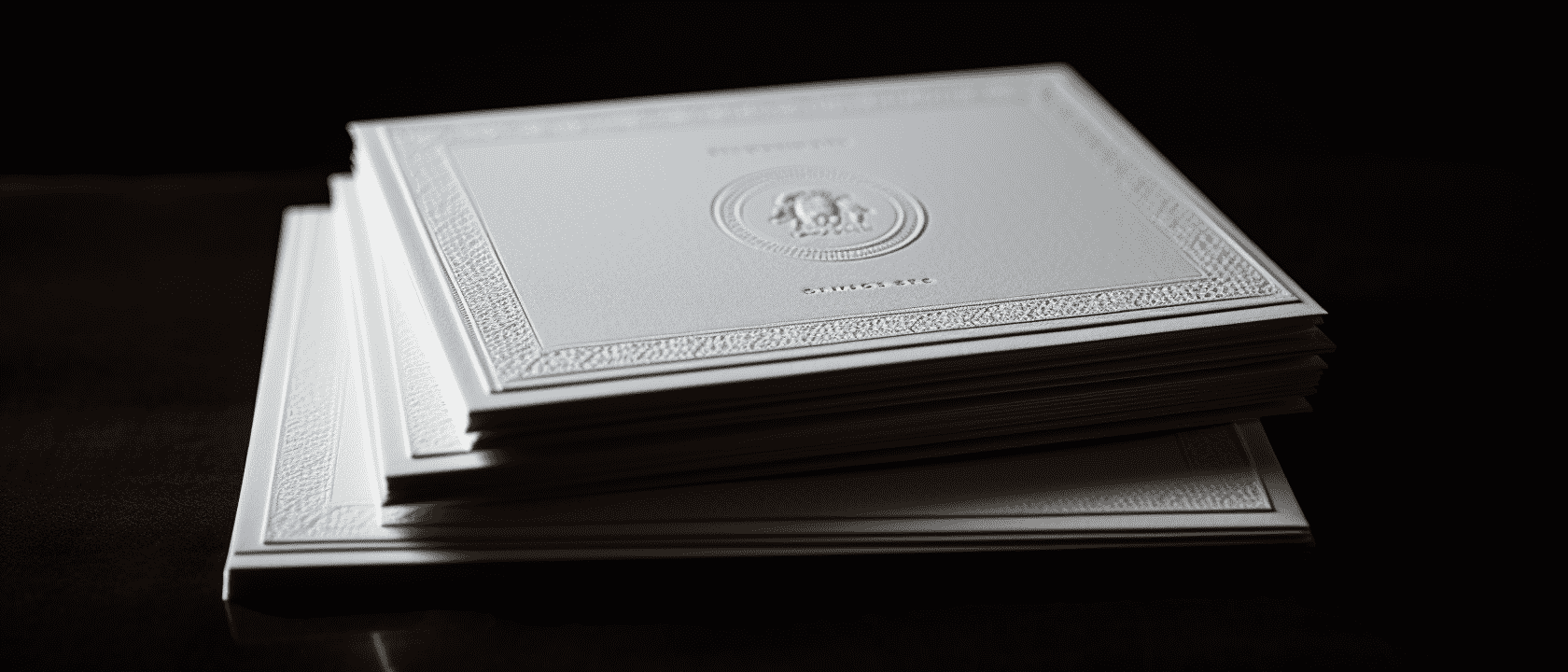
The beauty and tactile quality of letterpress appealed to couples seeking unique and visually appealing wedding stationery. Additionally, letterpress printing has found a niche market in independent boutiques and gift shops, with printers producing fine editions of books, upscale invitations, stationery, and greeting cards.
The craftsmanship and distinctiveness of letterpress work have contributed to its enduring popularity.
Education and Craftsmanship
Various organizations and institutions offer education and training in letterpress printing. Centers for book arts, colleges, and specialized workshops provide opportunities for individuals to learn the art and technique of letterpress printing.
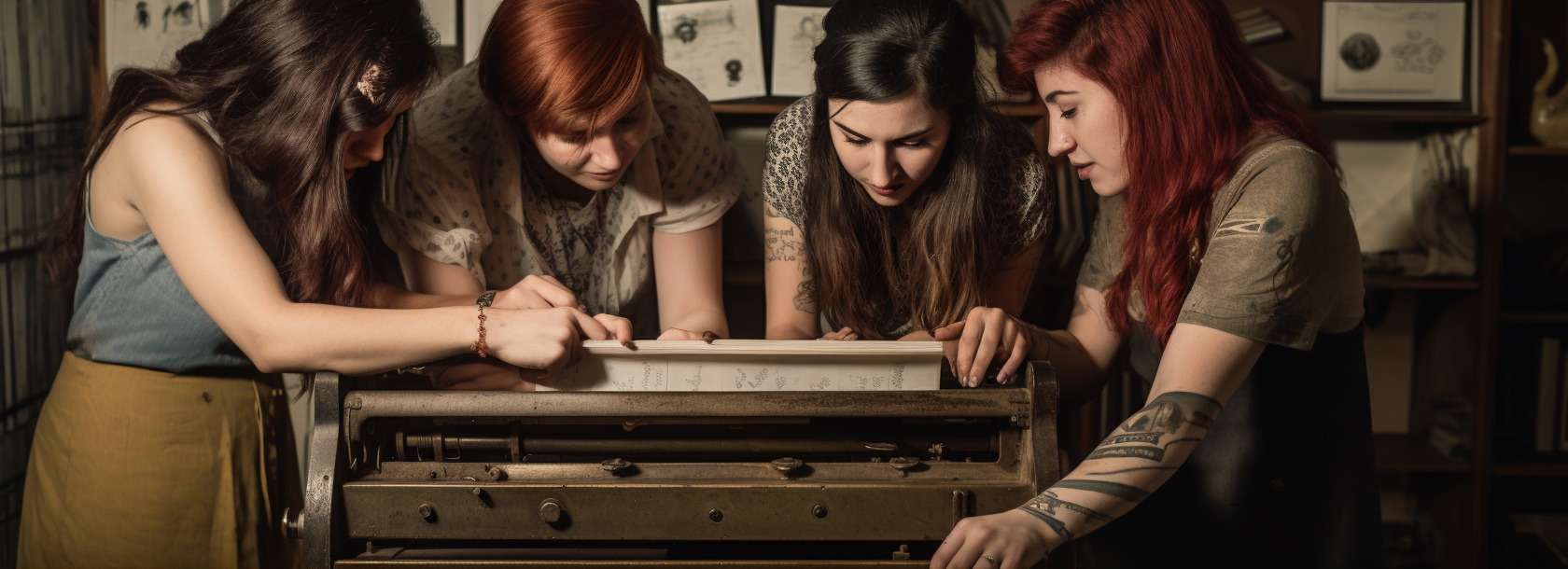
Craftsmanship plays a vital role in letterpress, as printers must possess a deep understanding of the medium's capabilities and techniques. Attention to detail, precision, and skillful adjustment of press settings are essential to achieve high-quality results.
Conclusion
Letterpress printing, with its historical significance and unique aesthetic, continues to captivate artists, printers, and enthusiasts around the world. From its invention by Johannes Gutenberg to its revival as an artisanal craft, letterpress has left an indelible mark on the world of printing.
The combination of traditional techniques, materials, and craftsmanship creates printed materials that stand out for their beauty, texture, and attention to detail.
With its enduring appeal and growing interest, letterpress printing remains a cherished and distinctive form of artistic expression.




